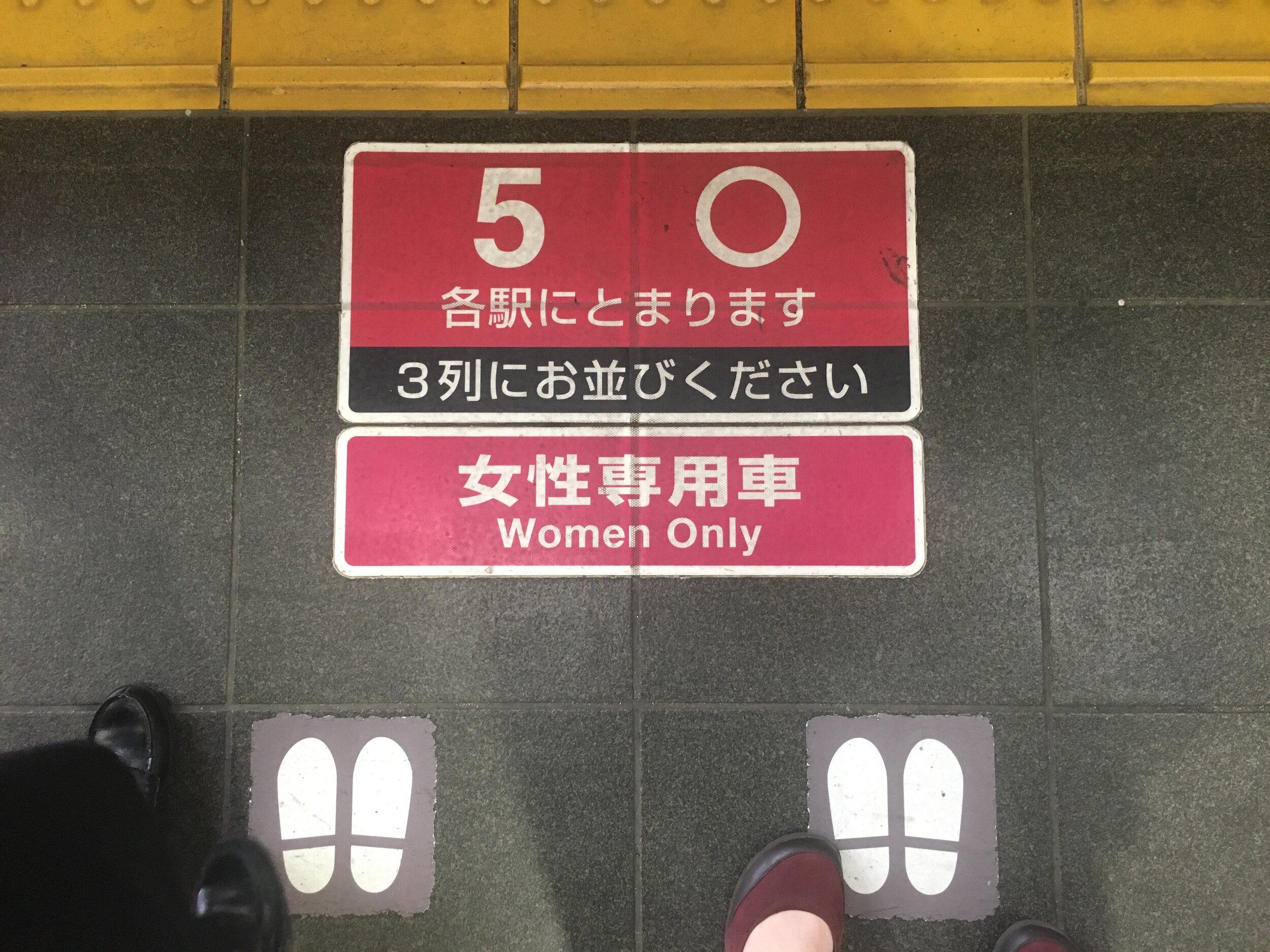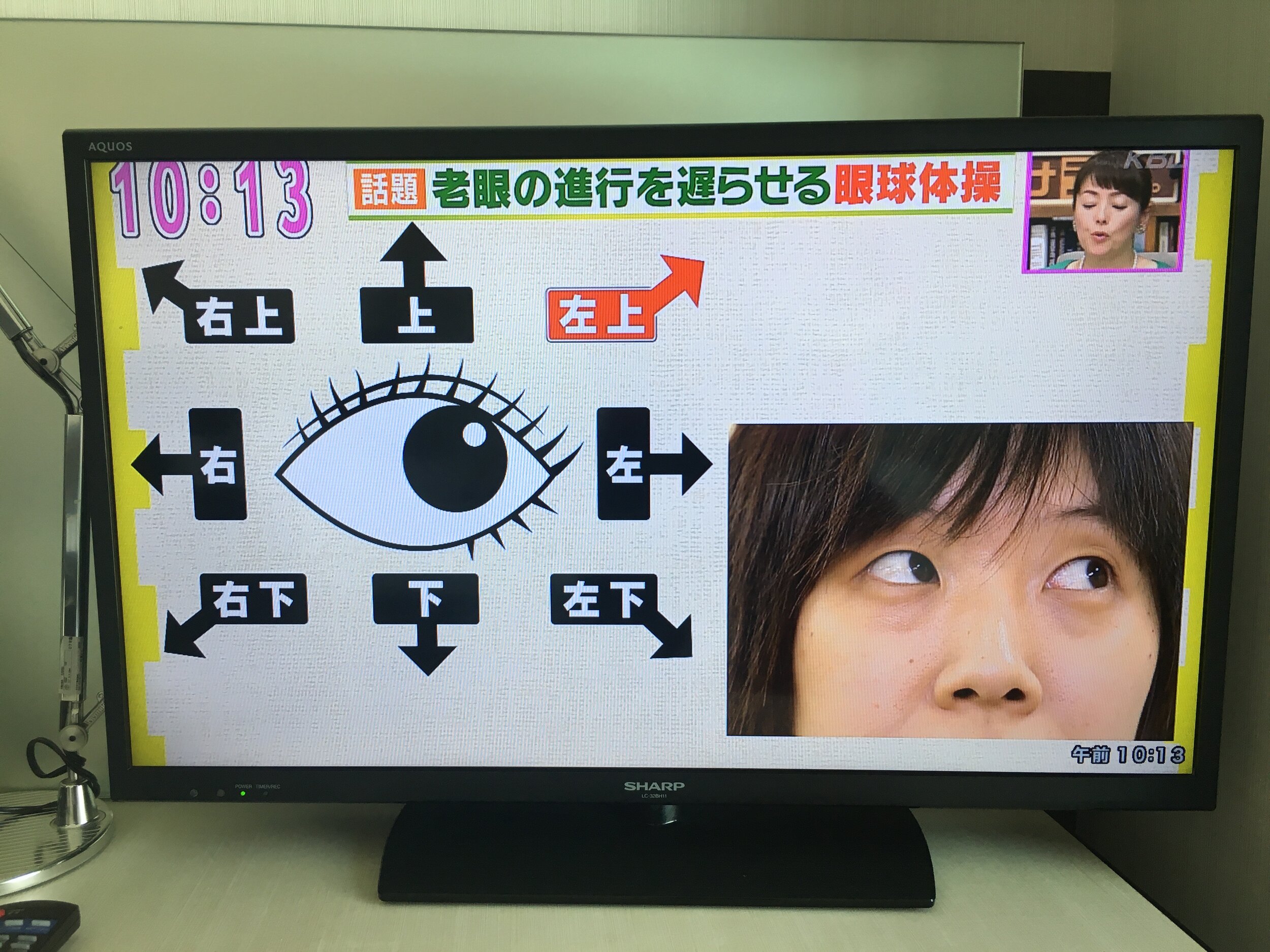A few years ago, I started to take walks every day to explore the area around my neighborhood. I found myself drawn to simple design elements in the streets, up in the sky, and started to post on Instagram @designeducator. I labeled my posts ‘design walks’ as a way of documenting what I noticed each day. The design walk is time in the studio, a space inhabited by the community I live with my neighbors, our skies, our trees, our plants, insects, and animals. Friends and strangers alike talked to me about the images. The process started a dialogue.
Subsequently, I started to learn more about biophilic design. I started to connect the process of walking, noticing, posting and building a dialogue on social media. The mere act of noticing, taking a photo, and sharing was therapeutic.
Last year, my longtime mentor, Founder of Fenway High School and Co-Founder of the Education Resources Consortium, Larry Myatt and I composed a slide show of biophilic images including his and mine to use in workshops asking:
Where do you find connection?
Where do these images take you?
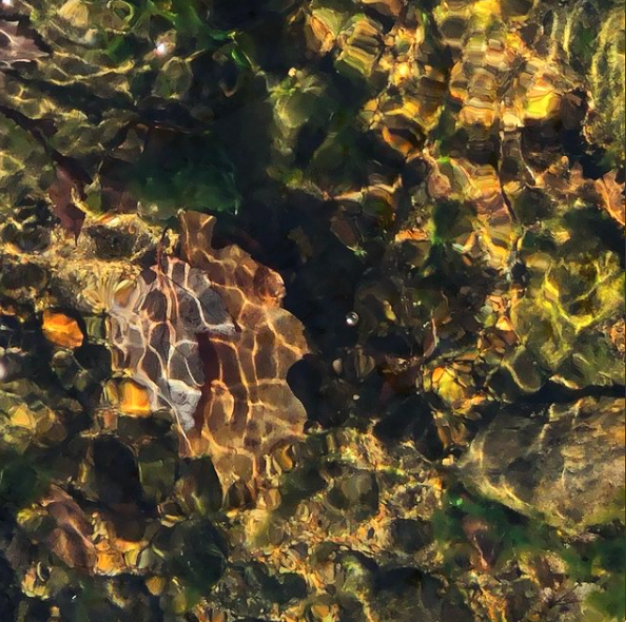
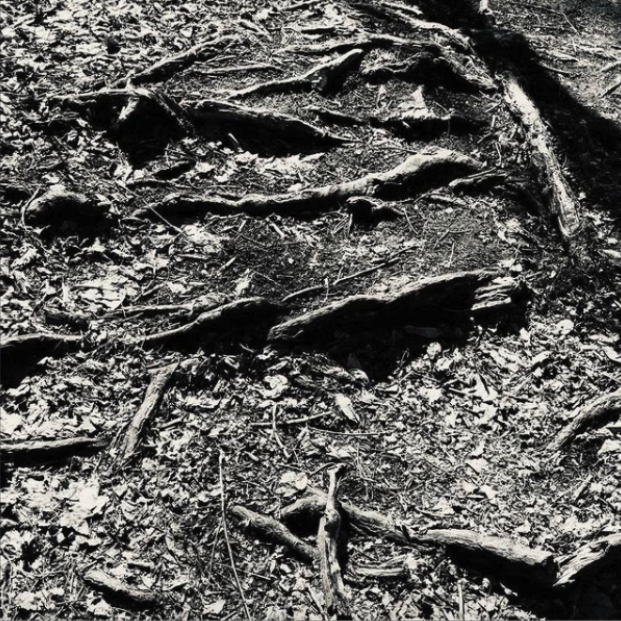

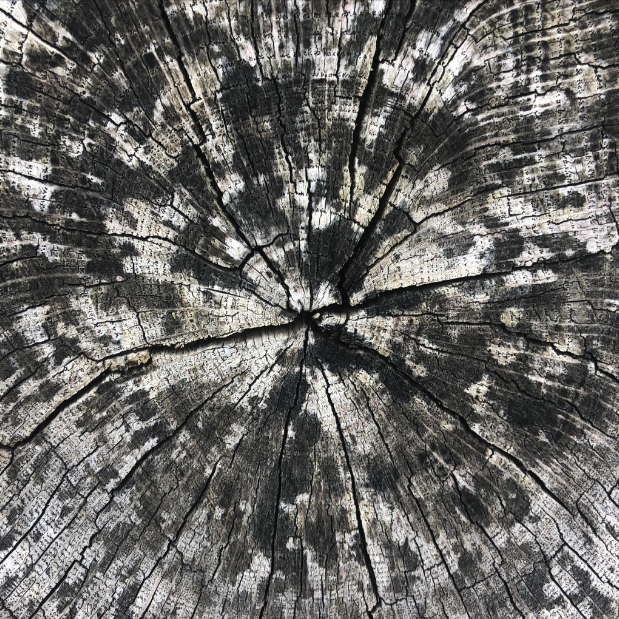
With each workshop, each participant makes meaning in different ways finding different associations. The associations can sometimes be a memory like a time remembered in one’s life or a connection to a film. These symbols and structures can be a metaphor for something greater. I am always curious to understand when images speak in ways texts do not.
Biophilic design has 14 patterns as defined by Terrapin Bright Green Studios.
Four that intrigue me most under Terraphin’s category of ‘Nature of Space’ include:
Prospect
Refuge
Mystery
Risk/Peril
These are most representative within the context of Larry and my workshop and participant responses. Its curious how images can produce responses with such a range of emotions.
How can schools be designed to support a range of emotion within it’s spaces using nature both within the local community and within one’s own unique nature?
How might students explore and use design elements within their own communities to support themselves but also their community?










